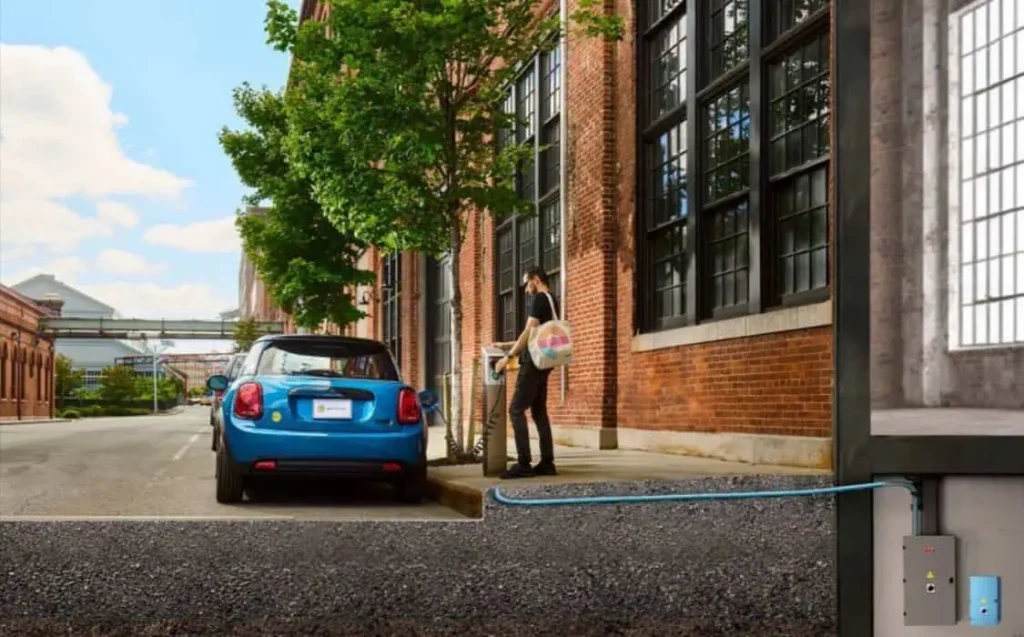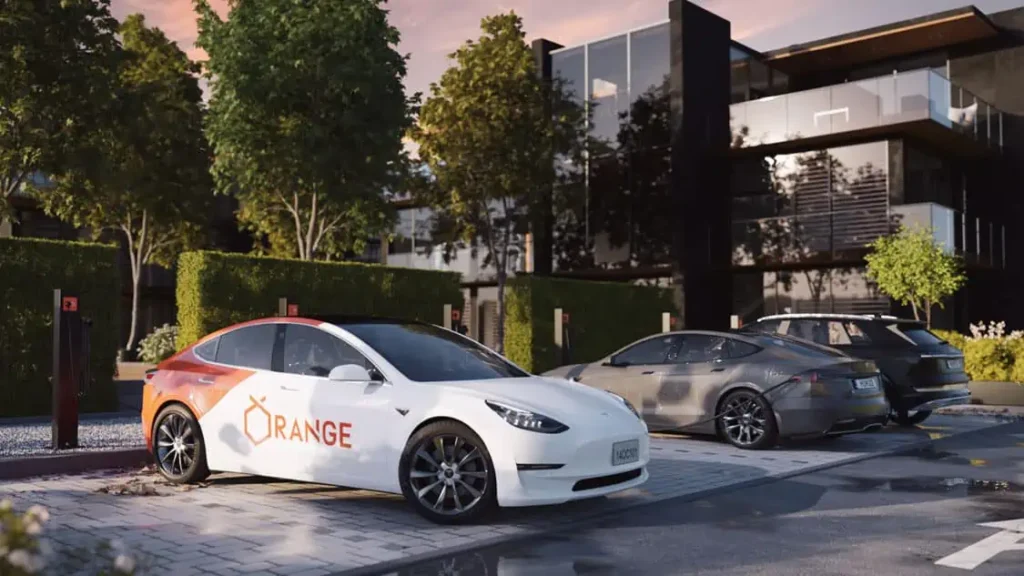How Curbside Charging Is Ready To Revolutionize The EV Industry
Curbside charging may not be considered as a necessity for most electric vehicle (EV) drivers yet. However, the weighted demographics of current EV drivers don’t necessarily reflect growing EV driver needs. Today, because of how easy it is to charge at home, single-family homeowners are the most likely to purchase EVs. Multifamily residents, on the other hand, are under-served when it comes to EV charging near home.
Those who reside in densely populated locations are often reliant on distant public charging, which makes regular EV use less convenient and enticing. Incorporating charging into the existing infrastructure is an elegant solution. This solution is curbside EV charging.
In a study by the National Renewable Energy Laboratory, it was found that 25% of EV owners could not charge their vehicles at home. To increase EV interest, curbside charging is a necessity. Curbside charging includes electric vehicle chargers attached to poles or street lights, among other options. This innovative solution increases the locations where drivers can recharge their EVs. It can reduce installation costs compared to traditional, ground-mounted EV charging infrastructure (EVSE.)
The US Department of Energy recognized this great need and has funded curbside electric vehicle charging projects in densely populated cities nationwide. One example is America’s “Motor City,” Detroit, Michigan. Electric vehicle owners in cities like Detroit need more EV charging sites.
Itselectric, an Innovative Brooklyn-based Startup, Provides Curbside EV Charging for City Dwellers

A Brooklyn-based innovative startup, itselectric, recognized this significant need for more EV charging accessibility in densely populated cities. The company offers an innovative program that provides and installs public curbside EV charging to building owners and cities at no cost. Property owners earn passive income when itselectric’s EV charging is utilized on their properties. The company takes on all of the responsibilities involved with installing and maintaining the equipment.
One of the company’s recent projects is in Detroit. The company secured grants from DTE Energy and the Michigan Office of Future Mobility as part of this program. The Michigan Economic Development Corporation was a part of the project.
itselectric states that 40 million drivers can only transition to electric vehicles with affordable and convenient EV charging. The company works with many city agencies to help reduce carbon while making EV charging accessible for all communities. Innovative companies such as itselectric are making EV charging easier for residents of densely populated cities around the country. The company has been gaining considerable attention in the media.
itselectric has five pilot studies currently underway in New York City. “Pilot: New York City” is co-authored by New York City Economic Development Corporation (NYCEDC). In this study with Cornell Tech’s Urban Tech Hub, they released a roadmap for New York City’s urban innovation ecosystem. Over 120 people participated in the research project: including 30 startups, 25 local government agencies, and 15 venture funds. “Pilot: New York City” is one of the largest ethnographies of a regional innovation ecosystem. The roadmap aims to make New York the global hub of urban innovation.
Tiya Gordon, Co-Founder/COO at itselectric, said, “Curbside charging is the final frontier for EV charging. There are effectively three categories — Home Charging (off-street), Highway/Destination DC/FC, and Urban. In the United States, the first two are well tended to. However, if you live in a city and don’t have a garage or driveway, you are out of luck. In cities, the current approach of destination charging (ie, charging at a shopping mall or supermarket) is failing. Utilization is incredibly low as this requires drivers to go to non-habitual locations and dwell for hours. Cities must make things easier, not harder, for drivers to transition to electric. Curbside charging allows drivers to charge where they already park at night—affording them the same convenience and affordability as those who can charge in a suburban driveway or garage. In cities like NY, Boston, DC, Chicago, SF, and LA, the street is your driveway. Folks just need a place to plug in.”
Itselectric is Significantly Impacting the EV Charging Industry, Winning Numerous Awards

In a short two years, itselectric has significantly impacted the EV charging industry. Fast Company recognized this outstanding achievement by awarding them the 2023 Next Big Things in Tech for Sustainability award.
Itselectric can boast the LA New Mobility Challenge at Comotion in 2022 as well. And, they also won the prestigious City Solution of the Year award at the 2023 QBE Insurance Excelsior Resilience Challenge.
EVgo: One of the First Curbside EV Charging Pilots
Another company providing curbside charging is EVgo. A leader in the charging industry, EVgo first began testing curbside charging in Sacramento, CA, in May 2019. They then completed a second curbside EV charging pilot in Fall 2021. EVgo was one of the first American companies to offer curbside charging as a paid service to the public.
Sacramento launched curbside charging successfully thanks to EVgo. EV drivers park for free at the designated EV charging parking, no meter or parking fees apply. The city places a two-hour limit to reduce parking time in the spaces. Drivers pay for the EV charging using their phones or credit cards. EVgo users pay using an RFID card or through the EVgo app.
The US Department of Energy Offers Guidance on Installation

The US Department of Energy recommends involving the community when choosing curbside EV charging locations. Community members have intimate knowledge of the unique needs of their locations. Building relationships with community-based organizations is key before beginning the grant application process to install curbside EV charging. The DOE also recommends that local contractors install, as they will have the best knowledge of local practices. Awareness of the needs of low-income neighborhoods and other equity considerations is essential. In addition, it may be necessary to include parking officials, permitting and planning officers, sewer and traffic representatives, and city council members when determining where and how to install curbside charging.
Curbside EV Charging Needs Government Support
More government support for curbside EV charging is recommended to assist city dwellers. The Biden Administration wants half of all new vehicle sales in the US to be electric by 2030. But, we’ll need more accessible charging to reach that goal. Curbside charging is one innovative solution to this problem. This will allow city dwellers to adopt electric vehicles more easily.

Electric Vehicle Marketing Consultant, Writer and Editor. Publisher EVinfo.net.
Services